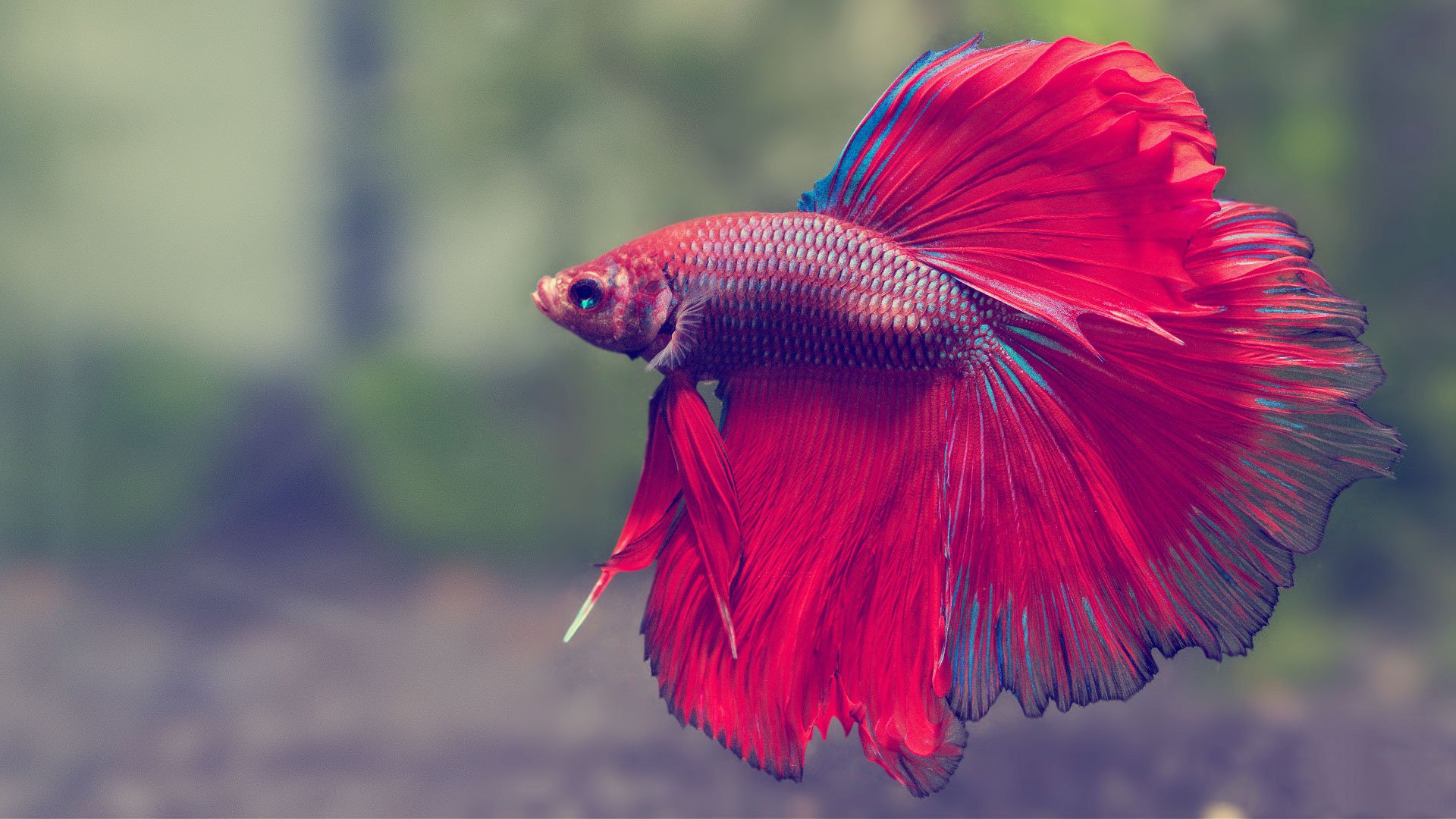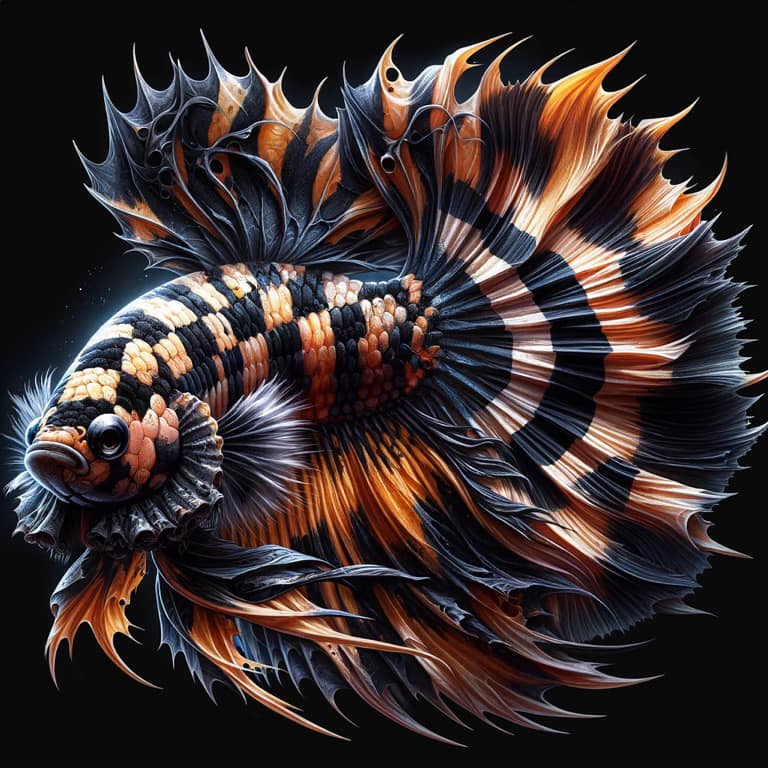Reproducing Betta Fish: a Comprehensive Step-By-Step Guide to Efficiently Raising Baby Bettas From Eggs to The Adult Years
Breeding Betta fish is a careful endeavor that requires cautious preparation and execution to make sure the effective development of fry from eggs to develop fish. Choosing genetically diverse reproduction couple with desirable features is only the start; creating an ideal setting and understanding the ins and outs of the breeding process are just as important. As the male Betta diligently constructs a bubble nest and guards the valuable eggs, the succeeding stages of treatment and shift need attention to information and knowledge of finest techniques. Just how does one navigate the tough yet rewarding course of supporting these vivid animals to the adult years?

Choosing Breeding Pairs
When starting the journey of reproducing Betta fish, choosing the best reproduction pairs is vital to accomplishing desirable characteristics and a healthy family tree - betta fish. The very first step in this procedure is to recognize the details qualities you wish to improve or protect, such as shade, fin type, and physique. It is crucial to pick genetically varied sets to avoid inbreeding, which can result in health concerns and unwanted attributes
Review possible reproducing prospects meticulously. A healthy and balanced male Betta ought to exhibit vibrant shades, an active behavior, and well-formed fins, while the woman must likewise present lively coloration and a rounded stomach, indicating preparedness for spawning. Observing the personality of both fish is important, as aggressive or extremely timid individuals may not reproduce successfully.
Keeping records of the parent fish's origins can help you track hereditary traits and potential concerns. Ultimately, investing time in the option procedure will considerably enhance the possibility of producing strong, lively children that meet your reproduction goals.

Preparing the Reproduction Container
Developing an optimal reproduction atmosphere is a crucial step after choosing appropriate pairs for Betta fish. The breeding storage tank ought to be especially made to provide convenience and promote the natural breeding actions of the fish. Begin with a container size of at the very least 10 gallons to ensure appropriate space for both the male and women Bettas.
Keep a mild filtration system to maintain the water tidy while avoiding strong currents that can emphasize the fish. In addition, an air stone can be contributed to provide oxygenation without interrupting the water surface as well a lot.
Temperature law is critical; objective for a steady array of 78-82 ° F(25-28 ° C) utilizing a trustworthy heating system. The pH level should be maintained between 6.5 and 7.5, and regular water adjustments are essential to ensure high water high quality.
Incorporate drifting plants or generating mops to develop concealing spots for the lady, while likewise encouraging bubble nest building by the man - betta fish. Lastly, make certain the tank is devoid of sharp decors and any potential dangers, as the well-being of the fish need to always be prioritized throughout this important stage of reproduction.
The Reproduction Process
Typically, the breeding process for Betta fish includes a collection of distinctive and evident actions that suggest readiness for reproduction. The male Betta begins by building a bubble nest at the water's surface, which serves as a site for the fed eggs. This nest is important, as it offers a safe environment for the eggs up until they hatch.
As soon as the nest is established, the man will certainly show courtship habits, such as flaring his navigate here fins and showing dynamic shades to bring in the lady. The lady, upon noticing the man's readiness, will respond by showing vertical stripes along her body, signaling her receptiveness.
When the female methods, the male takes part in a mating dancing, commonly resulting in a welcome recognized as the "spawning." Throughout this welcome, the female launches her eggs, which the male feeds instantly. The fertilized eggs after that are up to the bubble nest, where the male meticulously collects and returns them to the nest. Following this, the male thinks obligation for safeguarding the nest and making sure the safety of the eggs up until they hatch, generally within 24-36 hours. This phase is vital in the breeding procedure, laying the foundation for effective fry development.
Caring for Betta Fry
Taking care of Betta fry requires mindful interest to their atmosphere and nutrition to make sure healthy and balanced development and growth. After hatching, Betta fry are incredibly little and vulnerable, necessitating a steady and tidy habitat. Maintaining a water temperature between 78 ° F and 80 ° F is vital, as Betta fry flourish in cozy problems. In addition, ensure that the water is totally free of harmful toxins; normal water changes of 10-20% are recommended to maintain ideal water quality.
Feeding Betta fry is equally vital. Feed them little amounts numerous times a day, being cautious not to overfeed, which can lead to water top quality problems.
Transitioning to Grownup Bettas
As Betta fry mature, transitioning them to adult Bettas is a vital phase that requires careful monitoring of their setting and social communications. This process usually begins when the fry get to around 6 weeks of age, at which point they can be gradually introduced to an extra structured living environment.
To facilitate this transition, it is important to make sure that the water parameters-- such as temperature level, pH, and ammonia levels-- are ideal and steady. Adult Betta fish grow in cozy water (around 78-80 ° F) with a pH moved here of 6.5 to 7.5. Slowly adapt the fry to these conditions to decrease anxiety.
Social top article interactions are an additional essential aspect; male Bettas are infamously territorial and hostile. It is advisable to separate males right into individual storage tanks as they mature. Women Bettas can be housed together, yet care must be taken to keep an eye on for indications of aggressiveness.
In addition, nutritional modifications need to be made as the fry grow. Include top quality pellets and live foods to support their growth and wellness. By taking care of these elements effectively, you can promote an effective shift to adulthood for your Betta fish.

Verdict
Successful reproduction of Betta fish requires mindful interest to detail throughout the whole procedure, from choosing genetically varied pairs to supplying optimal care for fry. Furthermore, a balanced diet and steady adaptation to grown-up atmospheres are crucial for the development and advancement of Betta fish.
Comments on “Exactly how to Pick the Right Betta Fish for Your Fish tank”